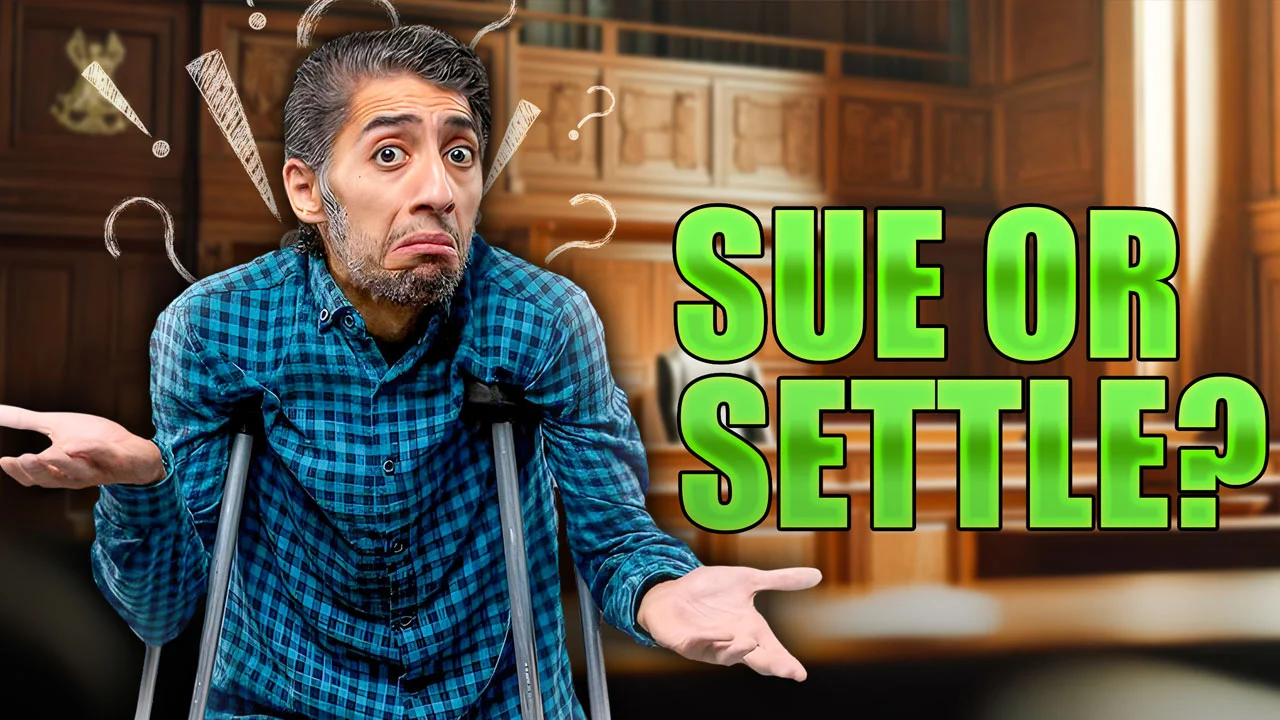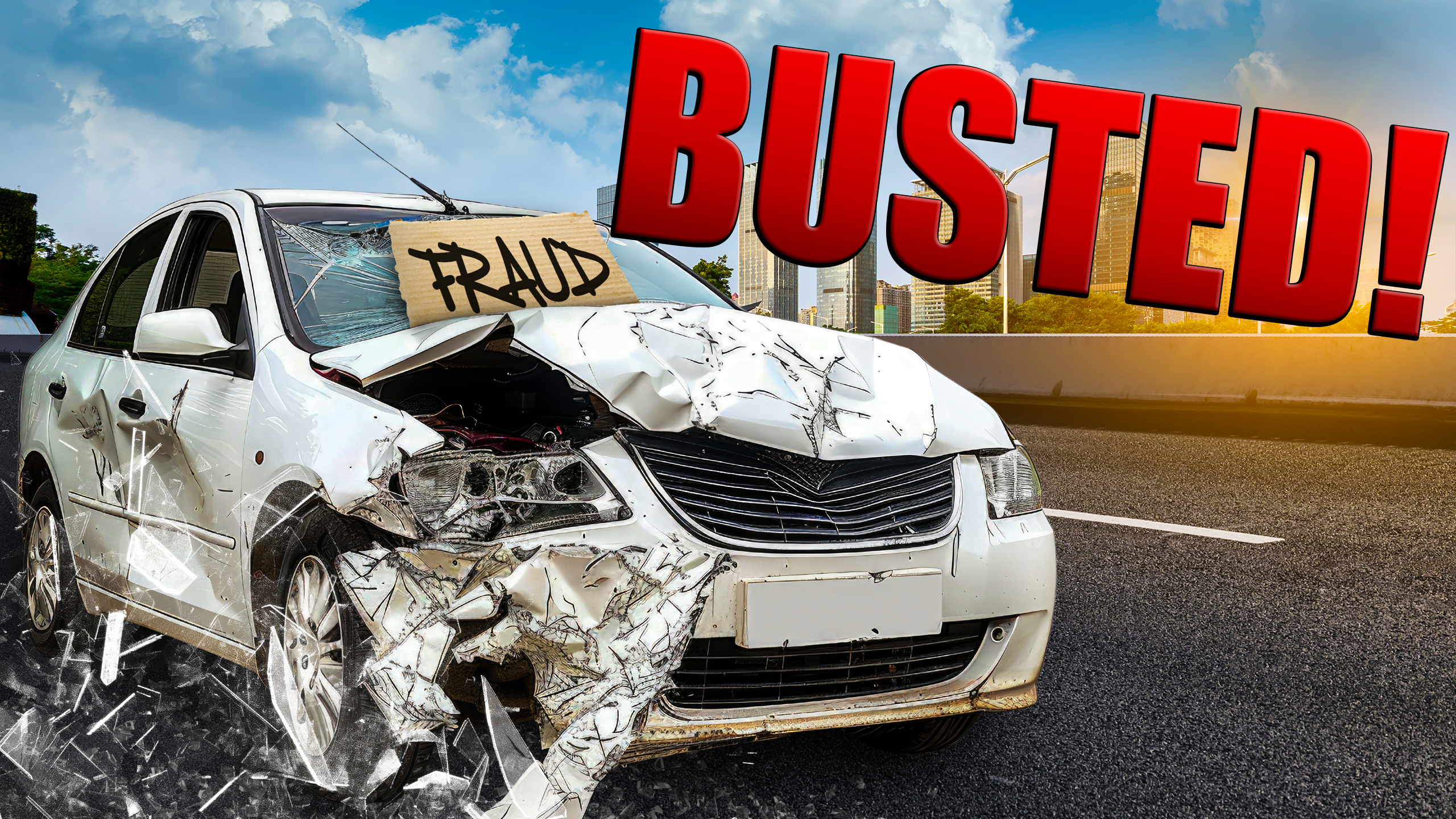So I used to be a lawyer for big insurance companies. I used to defend the insurance companies in court against claims brought by injury victims. I defended countless rear-end car accident injury claims in court. I now, however, represent rear-end car accident injury victims. By having experience working both sides of these cases, I’ve come up with my five tips on how to give you the best chance on winning big in your rear-end car accident injury case. To demonstrate how these tips work in a real-life case, let me tell you the story of my past client Shannon.
Shannon’s Case
Shannon’s case was a clear liability accident. Shannon had come to a stop due to traffic on the highway when a vehicle behind her struck a vehicle, pushing that vehicle into the rear of Shannon’s vehicle. Unfortunately, Shannon did not take any photographs at the scene of the accident. This leads me to my first tip.
Tip 1: Take Photos at the Scene of the Accident
If you’re able to do so, take photos of all vehicles involved as well. Luckily, in Shannon’s case, we at least got photographs depicting the damage to her vehicle after it had already been towed from the scene, and her vehicle showed pretty severe property damage. That may not always be the case, however. I’ve seen several rear-end car accident cases where the vehicle rear-ended has very little damage, but the vehicle that struck the rear has extensive damage to the front of their vehicle. This is especially true if your vehicle is rear-ended and has a trailer hitch on the rear. In such a scenario, you absolutely want to get a photo of the other vehicle showing this was not just some tap on the rear car accident. Insurance companies will assess more value on car accident injury cases where the property damage to the vehicles involved is more extensive.
Tip 2: Never Give a Recorded Statement to the At-Fault Driver’s Insurance Company
When Shannon first called me months after her car accident, she had been receiving chiropractic treatment for her neck and lower back. I was worried she may have given a recorded statement to the at-fault driver’s insurance company. However, she had not. Recorded statements are a trap. You’re not required to give the other driver’s insurance company a recorded statement. Many insurance companies request, shortly after your car accident, to take your recorded statement over the phone. Do not fall for this trap. The insurance company wants you to record saying things like your pain is just minimal. If you give your recorded statement just hours after your accident, that may be true, but it’s not uncommon for your pain to increase in the days after the accident. The recorded statement can really only hurt your case, so don’t do it.
Tip 3: Get Medical Treatment if You Are Having Pain and Discomfort
Shannon was having pain and discomfort, so she was getting medical treatment. She received chiropractic treatment for several months and got an MRI which indicated disc protrusions at C4-5 and C5-6 levels. I encouraged her to get another MRI on her low back since she continued to have low back pain. The low back MRI revealed a disc protrusion at L4-5 and a bulging disc at L3-4. Shannon was taking her health seriously. If you are having pain and discomfort, get medical treatment. Medical records are crucial for any rear-end accident case. The more dates you go to get medical treatment, the more proof you have of the pain and suffering you were enduring following your accident. MRIs can be crucial in diagnosing the problems you are experiencing and can dramatically increase the value of your case.
Tip 4: Make Big Demands to the Insurance Companies in Your Case
After I gathered the rest of Shannon’s medical records and bills, I made a big demand. I demanded in writing that the other driver’s insurer pay out the insurance policy limits. They did, but we were not done. Shannon had underinsured motorist coverage on her automobile policy, which allowed her to pursue an additional claim for her injuries since the other driver did not have enough insurance to cover her damages for her injuries. After we settled with the other driver’s insurance company for the policy limits, I next sent another big demand. I sent a written demand for the policy limits to my client’s underinsured motorist insurance. The only way to give yourself a shot at a fair and reasonable payday is to make a big demand. I suggest you do so and make your demand in writing, whether it be by letter or email.
Tip 5: File a Lawsuit if the Insurance Company Makes You a Low Offer
After I made the big demand to the underinsured motorist carrier in Shannon’s case, the underinsured motorist insurer responded with an offer of only $22,000. I was confident Shannon’s claim was worth more. So instead of wasting time negotiating further, I showed the insurer we meant business and I filed a lawsuit, sticking with the demand for the underinsured motorist policy limits. Lawsuits put pressure on the insurance company. They have to hire an insurance company defense lawyer that charges by the hour at a hefty price. Lawsuits also take time and cost money to defend. It also puts pressure on the insurance company to make you a fair offer eventually as all insurance companies have a duty to act in good faith and they don’t want to offer you less money than what a jury awards you at a trial. In Shannon’s case, shortly after I filed the lawsuit, the underinsured motorist insurer finally offered to pay out the underinsured motorist coverage policy limits.
If you follow the five tips I discussed, you give yourself a shot at a big payday. But just because you know these tips, you might still be unsure about the steps to take. For a step-by-step car accident claim guide, watch the video linked here. Lastly, if you’ve been injured in Kentucky, remember: don’t wait, call Tate.







